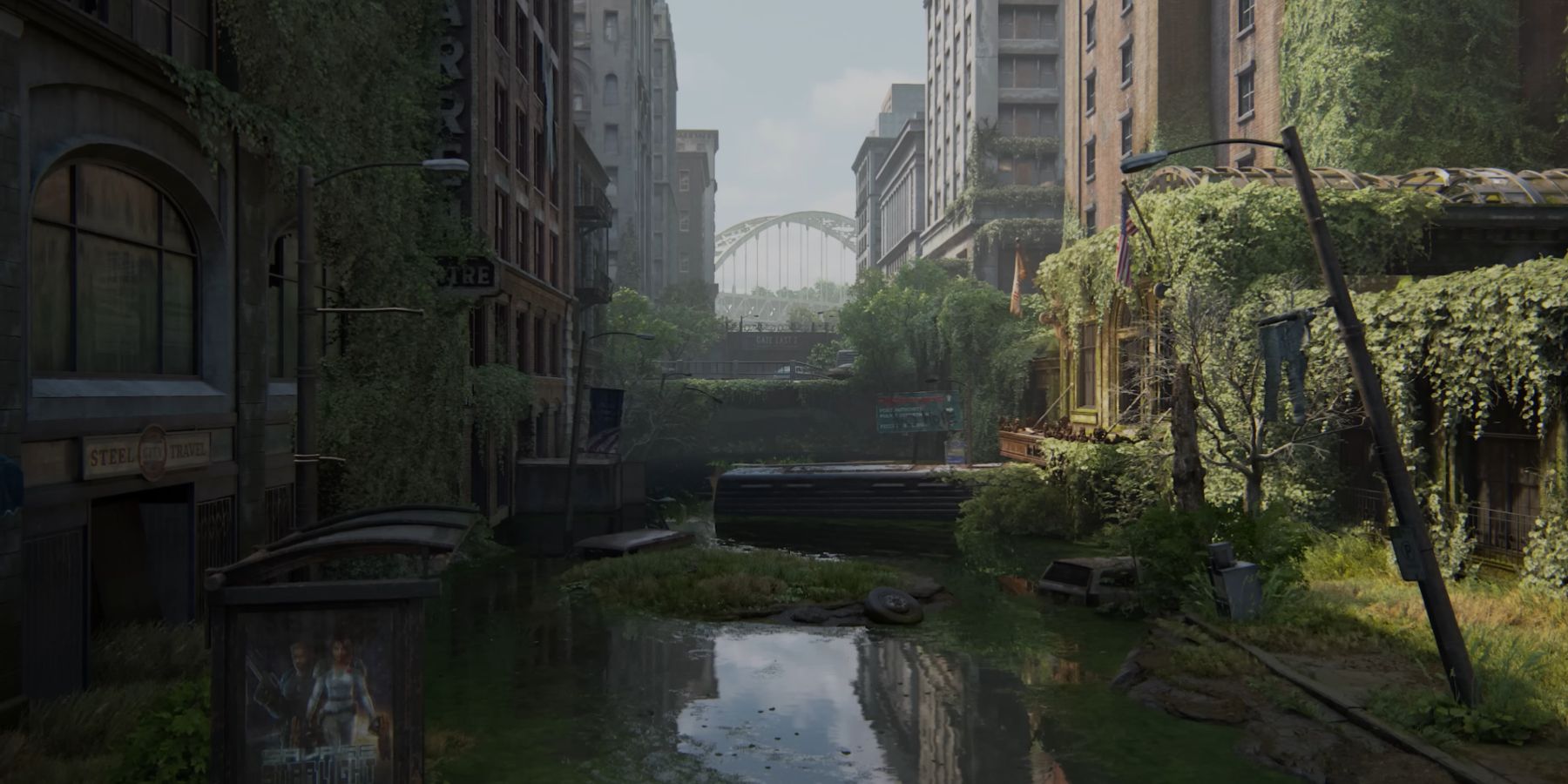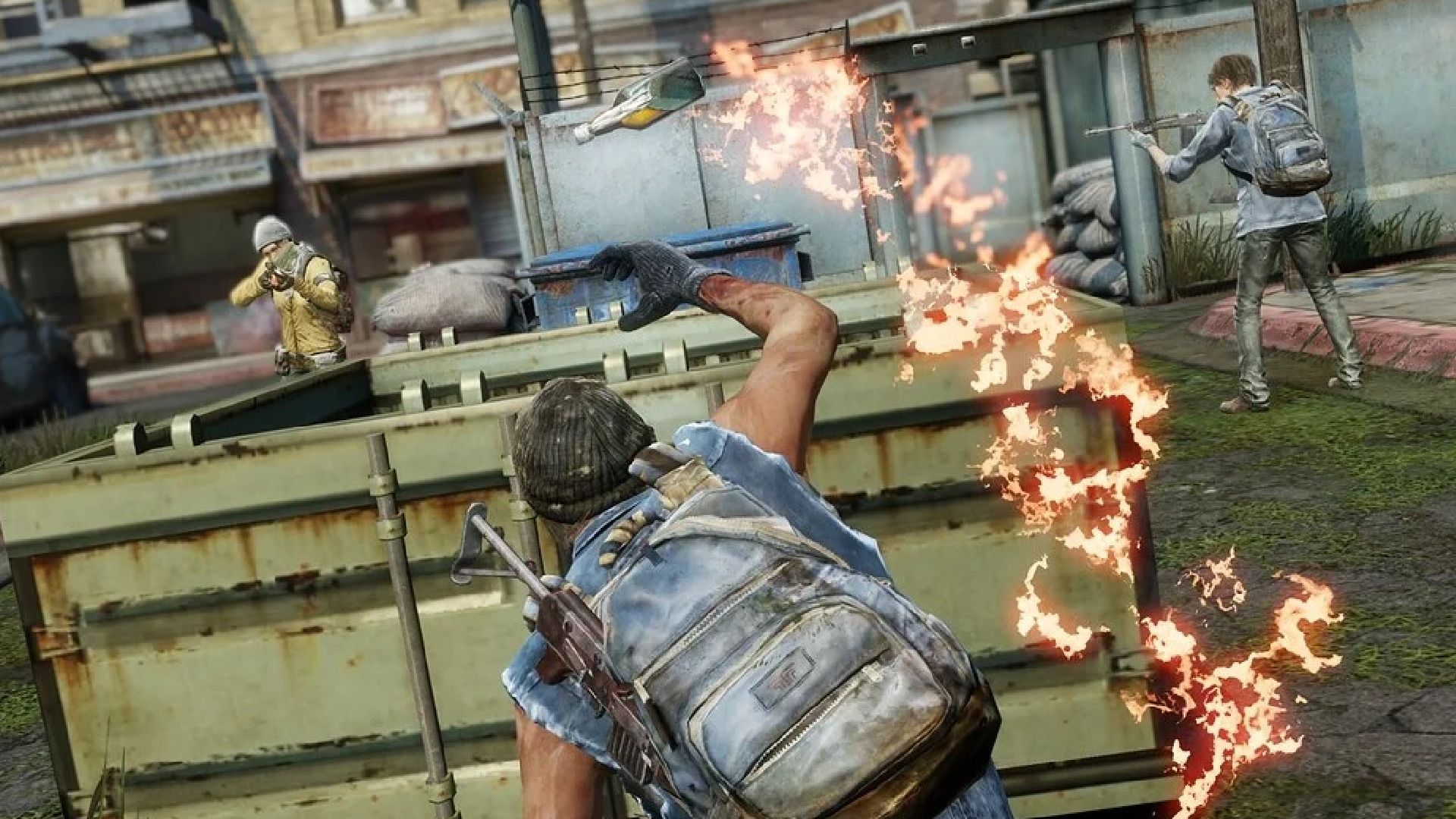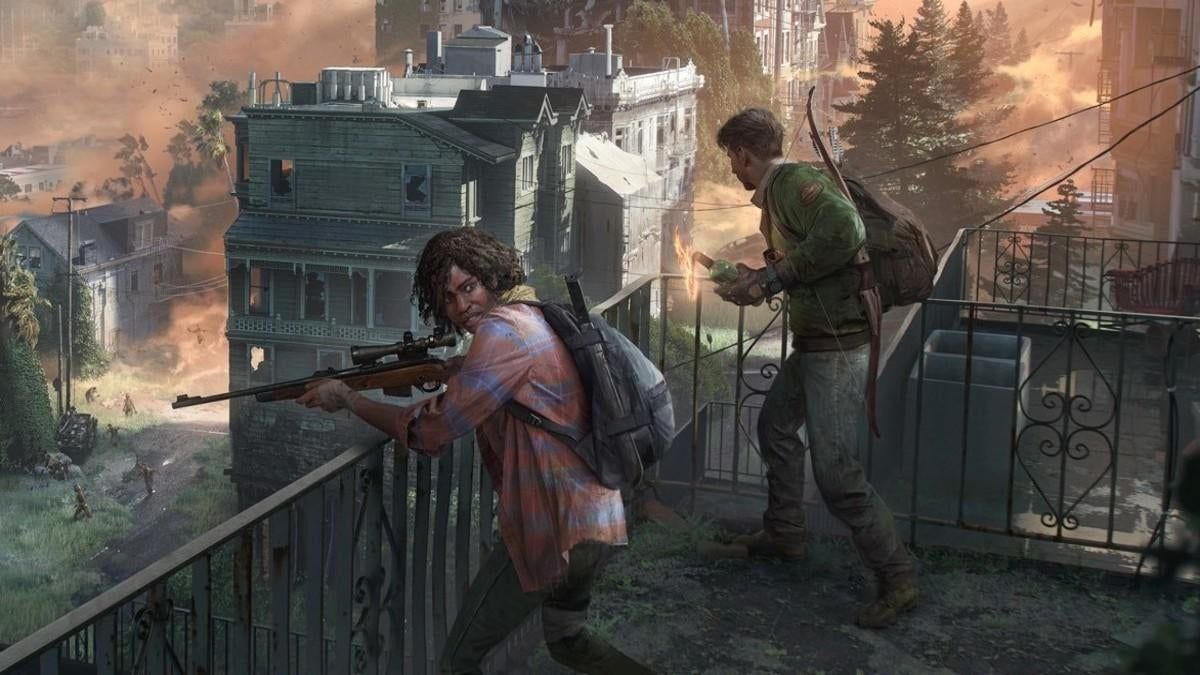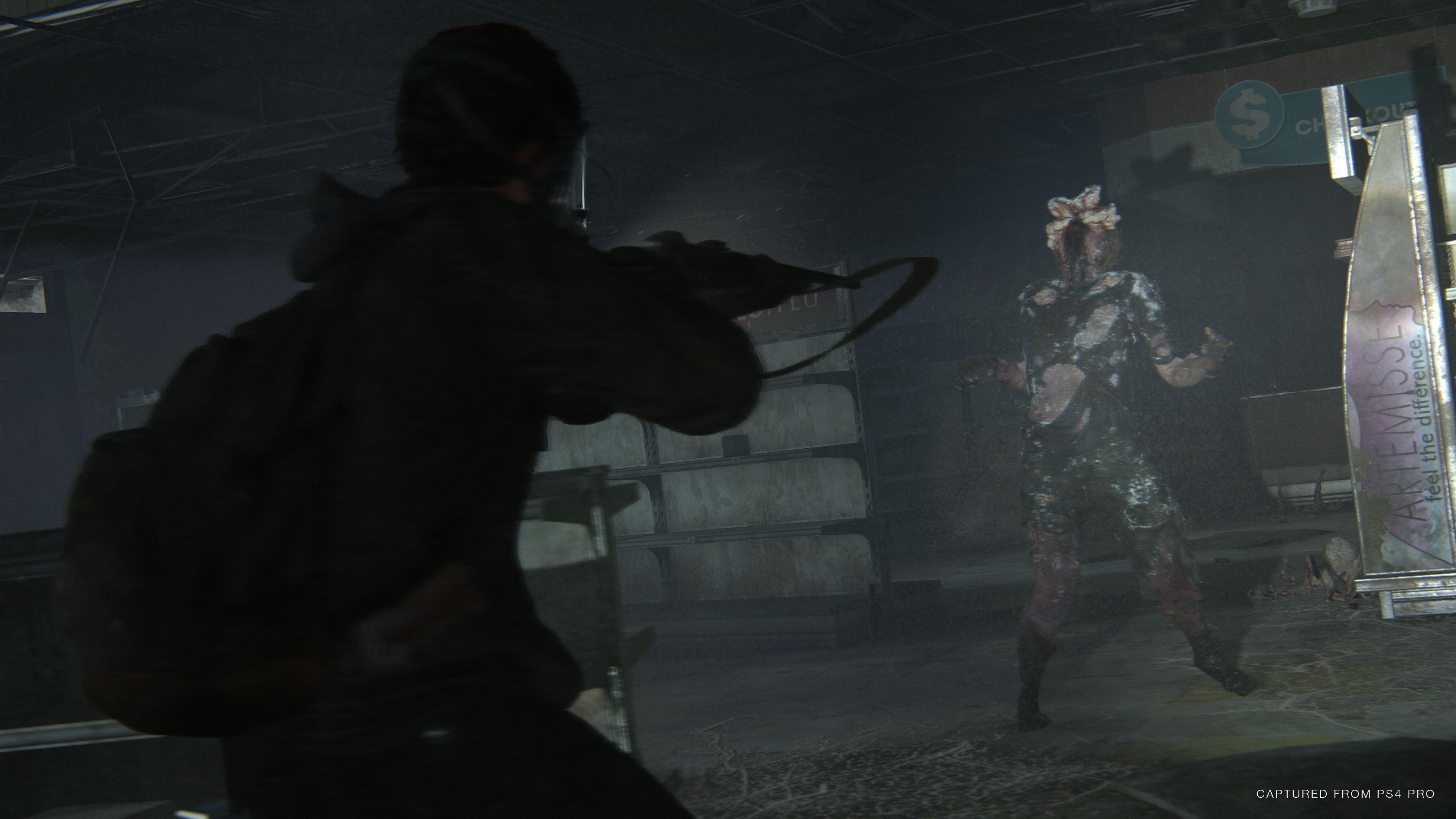Previously believed to be a simple adaptation of The Last of Us’ Factions mode, it has now been revealed that The Last of Us’ untitled multiplayer project will be a standalone game. Few details have been shared beyond its San Francisco setting, indicated by the Golden Gate Bridge depicted in a single piece of concept art, and the alleged enormity of its scale.
The Last of Us’ new multiplayer project will also have a story, described to be as big as The Last of Us’ single-player games - and even bigger in some ways. There are a few implications about what this multiplayer game could entail based upon the gameplay in Factions, but Naughty Dog would do right to abandon the traditional multiplayer trappings that could box it into a niche genre. Instead, gameplay and world-building should marry PvP with PvE in open zones to represent what the lives of these San Francisco inhabitants are like.
How The Last of Us’ Gameplay Could Impact the Player’s Survivor Camps in Multiplayer
The Last of Us 2 opens with an elaborate glimpse of life in Jackson County, Wyoming. Life is relatively peaceful, with characters able to think about trivial matters in the safety of a guarded and well-kept community. Roles are organized to maintain order and prosperity, while leisurely comforts like movies are also enjoyed. Jackson also has a stable of horses that characters take out when on patrol.
Jackson appears to thrive under its wintry conditions, and the expectation of what Abby’s Washington Liberation Front (WLF) would look like is even more exceptional. The WLF’s headquarters is positioned in a Seattle stadium with an overabundance of livestock, food, shelter, plants, and any other commodities that they would seemingly need to survive.
Further, Seattle’s WLF is heavily armed with military-grade armaments that make their base an impenetrable compound as well as a comfortable living environment. Much like how things are run in Jackson or Seattle, The Last of Us’ multiplayer game should allow players to enlist in patrols and other errands with gamified rewards attached to them for successfully bringing supplies back to their respective camps.
Jackson and Seattle show how camps could look in this multiplayer game, especially if there is a scripted story that would introduce them to NPCs and other players in camp or community that would then act as a hub world. Looting houses and other environments for scarce, meager resources is a staple of The Last of Us, and the multiplayer standalone game needs to include it in an integral manner. The tutorial level where Ellie and Dina go out on patrol in The Last of Us 2 makes a perfect blueprint for gameplay and story beats that the multiplayer game should strive to exceed.
The Last of Us’ Multiplayer Game Should Have an Open Zone Rather Than Disjointed Maps
In order to achieve this gameplay in a way that is seamless and interconnected, The Last of Us’ multiplayer game needs to abandon individual PvP maps entered through a lobby queue screen in favor of an open-world San Francisco that players can freely traverse. This was seemingly alluded to when Naughty Dog’s Neil Druckmann emphasized the game’s scope and scale, and particularly its locale being a single location.
The benefit of tiny, lobbied maps in Factions was how Naughty Dog could encourage cat-and-mouse gameplay in intimate and claustrophobic areas. The entire gameplay loop of Factions was its PvP element, and as such it made sense to have maps designed this way. The Last of Us’ multiplayer game, however, would certainly risk feeling disconnected and non-immersive if players still needed to load into lobbies with queue times. If it implements an open-world zone, players will succinctly feel as though they are canvasing a dilapidated city with horrors around each corner.
Naughty Dog has now had some practice designing miniature open-world zones with Uncharted: The Lost Legacy and The Last of Us 2, and areas such as those would abe perfect for exploration and looting while attempting to circumvent or ambush other players. Exploration could be paramount as players try to quietly enter and loot cafes and bookstores, making spontaneous choices such as whether to shatter glass windows at the risk of being heard by other players or infected.
Naughty Dog could reprise Uncharted: The Lost Legacy’s lockpicks and make them an item that needs to be crafted or found. In an open-world area, these instances would become incredibly engaging as players could remember where they have been and what they have looted, potentially marking points of interest like Ellie does in The Last of Us 2.
The Last of Us’ Multiplayer Game Should Meld PvP and PvE
Further, The Last of Us’ untitled multiplayer title needs to be more than ‘survivor versus survivor.’ Factions rigidly featured PvP, though it did have the single-player game’s crafting sewn into its fabric for organic cat-and-mouse pursuits. This should not be altered since it is intrinsic to what makes The Last of Us’ survival-action outstanding. But what the multiplayer game should do to iterate on this is implement a PvE component.
Like Ellie and Dina’s patrol, the characters encounter multiple stages of infected that are aimlessly occupying dilapidated areas where the player is able to find valuable resources. This would make an open-world even more frightening and alarming, since any interiors players enter into could be rampant with stalkers. Players being in contention with other players and infected at the same time could produce some of the most organic and immersive gameplay that The Last of Us could conceive, as it would represent what characters must survive on a daily basis.
Because The Last of Us' untitled project is likely a live-service game, it would need to find a cohesive and engaging way to recycle certain loot or enemies in the open-world, maybe each time players load back in, in order to make it perpetually playable. But enough spontaneity and RNG could be afforded while players encounter one another, with an overarching goal of providing for their camp.
Bases could even be spread to different corners of the open-world with players able to select which community they are affiliated with. Moreover, players could be able to decide whether to simply murder other player-characters or establish trade with them in order to make amicable relations. The possibilities are infinite for how Naughty Dog is designing its standalone multiplayer game, but it should inherently satisfy the atmosphere, tone, and gameplay depicted in The Last of Us.
A The Last of Us multiplayer game is in development.




